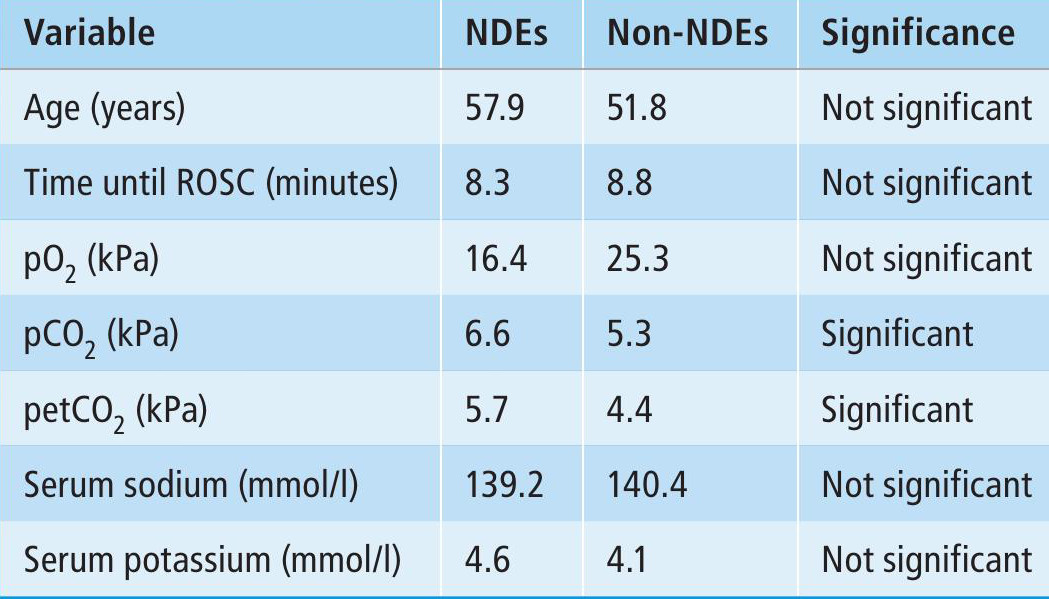
Near-death experiences (NDEs) were popularised by Moody in his book Life After Life (1975). In it, he described ‘classical’ features, such as out-of-body experience (OOBE) and meeting a ‘being of light’ who helps to review one’s past life. These descriptions were based on accounts of survivors of cardiac arrest and other life-threatening situations.
While these accounts promoted the popular view that NDEs provide evidence for life after death, researchers tried to explain them in terms of underlying physiological mechanisms. Klemenc-Ketis et al. studied the incidence of NDEs in people who survived a cardiac arrest that had occurred out of hospital, focusing on the levels of various chemicals in their bloodstream.
Your organisation does not have access to this article.
Sign up today to give your students the edge they need to achieve their best grades with subject expertise
Subscribe




